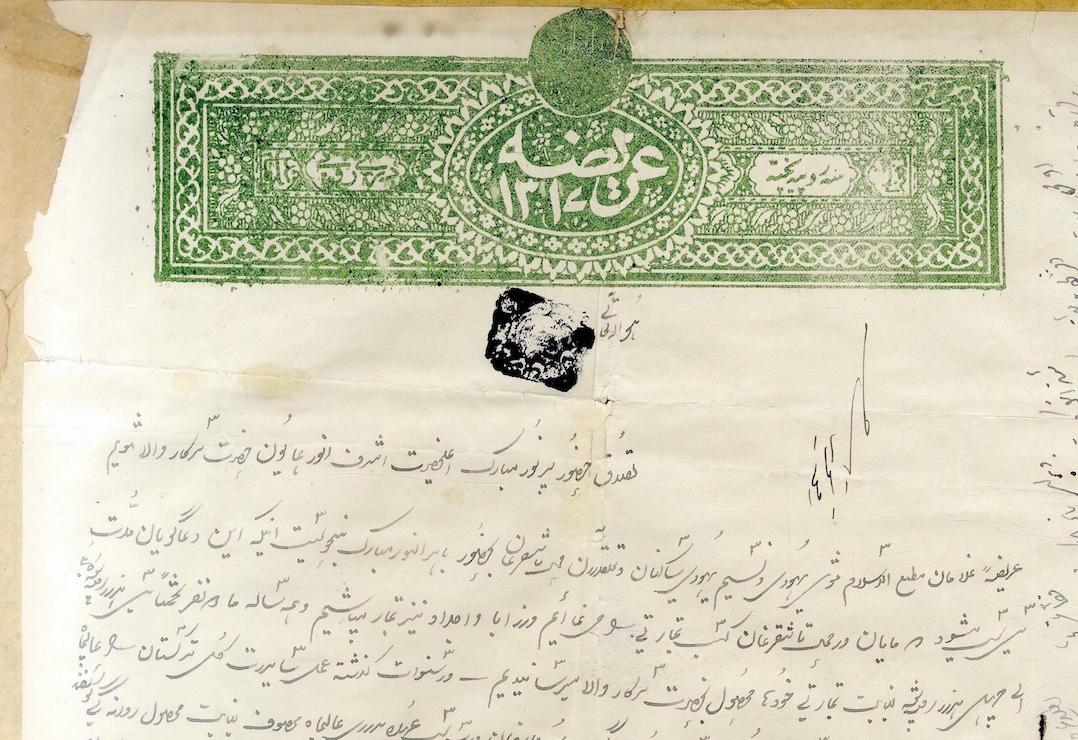Secondary literature on the Jewish community in Afghanistan in the nineteenth and twentieth centuries repeatedly emphasizes that hardly any written testimony produced by the community itself has survived (or remains in use). The study of the history of the Jewish community in Afghanistan until their emigration is based primarily on sources written by representatives of international Jewish organizations and by the diplomatic representatives or secret services of Western countries in Kabul and other places. In addition, a significant portion of the available literature consists of written sources in the form of memoirs, personal recollections, and religious texts. Ethnographic studies, particularly those employing interviews and oral history methods, have also contributed to documenting the lived experiences and oral traditions of the community. A major influence in shaping these narratives has been the migration experience of Afghanistan’s Jews, particularly those who migrated to Israel and other Western countries.
One major gap in the existing research is the lack of sources originating from Afghanistan itself, particularly those written in Persian or possibly in other local languages such as Turki or Pashto. Several key factors contribute to this situation. Historically, research on Afghanistan's past has primarily relied on sources located outside the country, such as British archives or other Western repositories. Additionally, the challenging conditions of archives in Afghanistan, including the National Archive in Kabul, and the absence of comprehensive catalogs, make it difficult for researchers to access primary sources. As a result, archival resources in Afghanistan that might document aspects of daily Jewish life in the country remain largely unexplored. Moreover, decades of war in Afghanistan have led to the destruction and loss of many historical records, further limiting the availability of primary sources and making historical research even more challenging.
The preliminary research conducted as part of this program suggests that, due to the small size of the Jewish community and the general reluctance of the Muslim majority to discuss Jewish life and coexistence, historical accounts rarely take a detailed or explicit stance on these topics. For example, many historiographical books from the last century that discuss the history and character of Herat make barely any mention of the Jewish presence in the city or the daily lives of Jewish people. A recent comprehensive book on the history of Andkhoy, a city in northwestern Afghanistan, completely omits the significant role of Jewish merchants in the city's trade. The magazine Seraj al-Akhbar, published in Kabul from 1911 to 1919, does not mention the Jewish community at all, although it frequently deals with concepts of nationhood and refers to other ethnic and religious minorities, such as Hindus.
In the National Archives of Afghanistan, historical records on Jewish life in the country do exist, particularly in the correspondence between Kabul and the province of Herat from the late 19th and early 20th centuries. The records primarily consist of petitions from Jewish merchants requesting business permits, loan applications, and applications for identity cards and passports. Another key theme in these records is the internal correspondence between the Ministry of Commerce, the Ministry of the Finance, and the Ministry of Foreign Affairs regarding Jewish trade, interreligious issues, and accusations that Jewish merchants were spying for the Russian Tsarist Empire or, later, the Soviet Union. These official documents shed light on the relationship between the Jewish community and the Afghan central government, providing a deeper understanding of their interactions and status within Afghanistan. A greater focus on Afghanistan-based materials, particularly those housed in government archives and historical records, could significantly enhance our understanding of the role and experiences of the community in Afghanistan's history.
Petition (detail) by Musa (Moshes) and Nasim to Amanullah Khan’s court in Kabul, 1919.
National Archives of Afghanistan.




